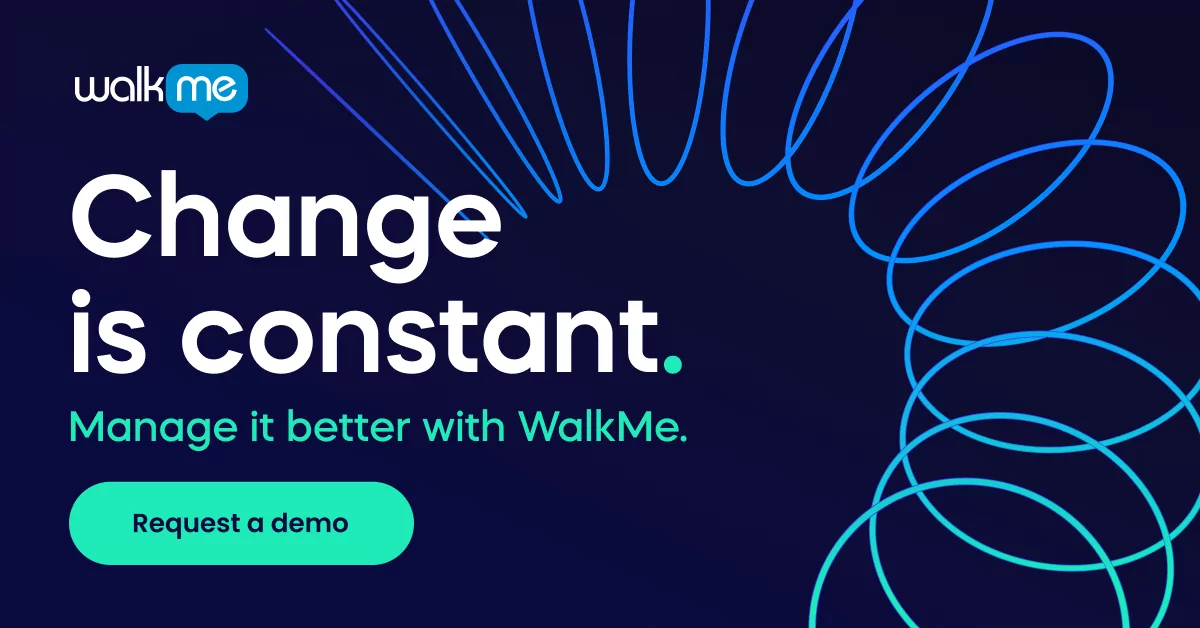To keep up with the changes in today’s workplace, many companies have needed to evolve their performance management strategies.
The events of the past year have drastically changed the way most managers track and evaluate employee performance. Remote work has made it necessary to rethink the way managers measure performance, track progress, reward employees, implement corrective action, and more.
Yet telecommuting is only one among several processes that has changed in recent times—and remote work is not the only factor impacting the way we manage performance.
3 of the biggest trends affecting performance management
Remote work
In 2020, working from home (WFH) changed every aspect of work life, from routine workflows to management practices. That shift is continuing to influence the ways most companies are rethinking workforce management.
Since teams that were once working face to face had to learn to operate remotely, managers could no longer work alongside and directly supervise their employees’ activities.
Though every team is unique, there are a few remote performance management strategies that can be applied in most situations.
Here are some key points to keep in mind when managing remote workers:
Shift the focus to outcomes versus activities. Namely, instead of ensuring that employees “stay busy” during their shifts, focus on output. Rather than emphasizing actions, reward productivity and the achievement of objectives.
Consider how employees are affected by remote work. Empathetic leadership is helpful in any situation, but it is even more important when workers aren’t working in the same location. The lack of social connection can, as research into remote work has shown, breed feelings of isolation which can impact performance. Focusing on meeting objectives is crucial, but it is just as important to understand and empathize with employees’ perspectives.
Monitor and improve performance with digital adoption platforms (DAPs). Remote-ready software can be used to streamline the remote work experience from beginning to end. WalkMe’s DAP, for instance, can offer transparent, anonymized insights into employees’ software interactions and, as a result, their training needs and overall performance.
To maintain performance expectations, it may be necessary to define those expectations more clearly and in new ways. It is also important for managers to evolve their own strategies in order to keep up with the changes affecting workflows and the remote workforce.
Composable workflows
Composability refers to the idea that workflows, or even entire businesses, are modular and can be redesigned to suit changing circumstances.
Today’s digital workplace can be thought of as composable, since:
- Organizations’ digital ecosystems are continually evolving
- Workflows are composed of multiple systems and applications
- Employees and managers regularly optimize and compose new workflows to maximize productivity
- Digital adoption and transformation depend on staying agile and using composable applications
Composability is a principle of the digital workplace, it is not a practice or a strategy. It is also not an option—digital innovation is a feature of the digital revolution and organizations must adapt in order to stay relevant.
Automation
Is automation taking the positions of employees? Or, is automation enabling workers and giving them the opportunity to stay more connected with customers and with each other?
It is well-known that automation is a source of apprehension for workers around the globe. According to a recent report from PwC, around 4 in 10 employees believe their job will be obsolete in five years. At the same time, though, 50% of those surveyed also felt excited or confident about the future.
While the future remains unwritten and to an extent unknown, it is clear that automation will have a dramatic impact on the workplace, the workforce, and the way we manage employee performance.
In a work environment where machines can perform technical tasks normally performed by people, other qualities may very well replace technical skills and abilities. Empathy was mentioned earlier as an important managerial quality.
As automation becomes more prevalent, empathy and other soft skills will play a greater role in the workplace, customer service, management, and job performance. In the years ahead, assessing soft skills may become standard when it comes to recruitment and performance management.
Adapting performance management for the next normal
Disruptive change has been affecting organizations from top to bottom. Not only must companies integrate new tools into work environments, but they must also redesign workflows, learn to operate remote or hybrid offices, build robust employee training programs, and adapt their performance management strategies to this new reality.
Here are a few action items that HR professionals and managers can focus on when rethinking their approach to performance management:
- Redefine expectations to focus on new performance measures, such as outputs and outcomes, and ensure that employees are clear on those expectations
- Change performance expectations to match changes to workflows, a natural consequence of today’s composable work environment
- Understand how automation will affect jobs at your organization and adapt performance expectations accordingly
A transformation in HR will be essential for any organization that wants to adapt to the next normal. While some of these changes may seem disconcerting, they open up new opportunities for employees to shine.


